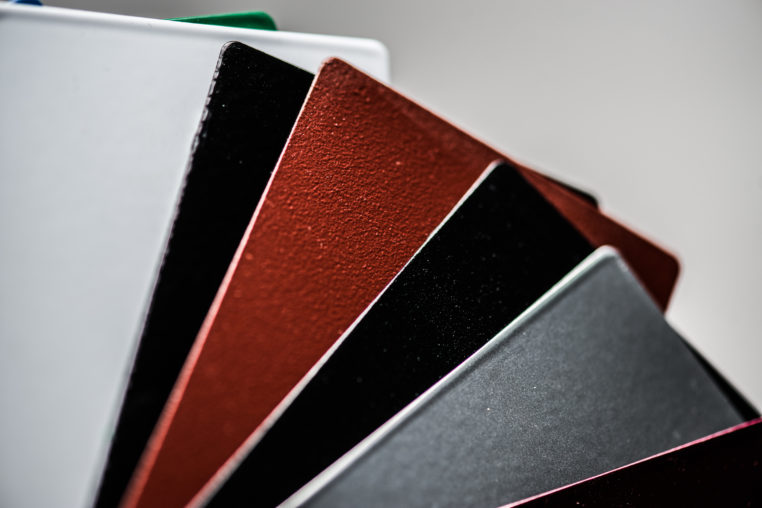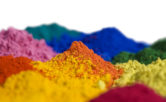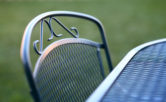
How to Clean and Protect Powder Coated Materials
Powder coating is one of the best ways to keep metal protected from elements such as sun, rain, wind, electric current, or simply the passage of time. Powder Coating can add years to the lifespan of your metal product, but, like with anything, the extended life isn’t infinite.
When you take the time to properly care for and clean powder-coated metal, you can make sure you’re getting the most out of your surfaces that you wouldn’t be able to enjoy otherwise. Here are some recommendations on how to avoid damaging powder coated metal and some tips on how to clean powder-coated metal.
Avoid Harsh Chemicals
The most important thing to know when it comes to cleaning powder-coated metal surfaces is to avoid harsh chemicals. These chemicals can certainly remove dirt and grime, but they’ll also take away the coating, in many cases leaving the finish damaged. When that happens, it’ll be vulnerable to unsightly fading and staining, as well as losing its protective properties.
Harsh chemicals are often found in commercial cleaning products like solvents and petroleum-based products. When using these kinds of chemicals, you may find the coating starting to crack and fade or become rough from repeated application. The entire purpose of cleaning powder-coated metal, apart from the aesthetic, is to extend its natural lifespan. When commercial cleaners damage the coating, it only wears down faster when exposed to elements like rain and UV rays.
Pressure Washing
One of the most effective methods of cleaning powder-coated metal is via pressure washing. Its power is useful when removing dirt and debris, but it’s important that you keep it on a low pressure setting. If it’s too high, it can damage the coating. Additionally, always use filtered water with this method. Unfiltered water from the tap or any kind of groundwater can be abrasive to the coating, causing it to degrade the same as not bothering to clean it at all.
In addition to damaging the effectiveness of the coating, unfiltered water used in pressure washing can also cause unsightly staining. This comes from substances such as sulfur, chlorine, iron oxide, and fluoride that could be present in the water. You can easily tell if any water sources will have this effect if you have sprinkler systems near the powder-coated surface. With enough application, they will leave stains on coated metal surfaces if they use water with these substances in them.
Old-Fashioned Soap and Water
If you’re trying to perform a particularly thorough cleaning, you’ll need to use plain soap and water for the job. Just make sure it’s a mild soap. The washing needs to be performed with a brush or soft cloth using a mild soap and warm water solution. When picking the best kind of soap, opt for one that has the necessary emulsifiers for breaking down stains. That’s the key to removing stains from powder-coated metals.
When it comes to soap and water cleaning, how often you’ll need to clean depends on how critical any given piece of metal is. The more critical it is, the more often it should be cleaned, with highly critical parts being cleaned weekly. After you give it a nice wash, you can wipe it all down and rinse it with water. Like pressure washing, however, you need to make sure the water is properly filtered. Otherwise, you may just undo all that scrubbing you just did. Keep in mind that you may need certain detergents for cleaning. A good rule of thumb when using detergents is that if you have to prevent it from touching your skin, it’s not safe for powder coating.
Waxing
Not all powder-coated metals are going to experience the same conditions, so cleaning efforts need to be managed accordingly. Waxing powder coat metals, for example, can be helpful, but it’s really only necessary for surfaces that other materials come into contact with, regardless of what the material is. Some of these surfaces include any kind of hand or guard rail, along with outdoor furniture, stairways, and lighting fixtures.
You can use a generic car wax for this as long as it’s non-abrasive. A lot of car wax also comes with UV blockers and inhibitors, which are also handy for powder-coated metal surfaces. Stay away from compound-type waxes, as they can cause damage to the coating. Much like waxing a car, be sure to remove any clumps of wax that remain. It’s a lot easier to get out a water stain than it is to get out a wax stain that’s baked into the surface.
Why Cleaning Matters
Polishing powder coat surfaces isn’t just about maintaining an alluring aesthetic. It’s integral to the functionality of the piece in a lot of cases. Take metal bollards, for example. They exist to prevent vehicles from driving in certain areas, and while the powder coating can prevent any nicks and scratches, it’s typically also a bright color to make them easily noticeable by drivers. Keeping them clean is necessary to ensure that the color remains bright and visible.
Overall, your approach to cleaning should be based on the exact kind of conditions the powder-coated metal is working with. You can pressure wash certain surfaces easily enough, but remnants from saltwater, such as what you’d find along a coastal fence, may require a more focused effort using a sponge and light detergent or a soft brush with soapy water. Having an understanding of what your specific powder-coated surface calls for helps you make the most out of it and stretch its service years as far as possible.
AR Iron’s Powder Coating Solutions
Now that you know how to clean powder-coated metal properly, you can go all-in on powder-coating solutions. That’s where we can help. Our expert team can help with all your powder-coating needs and provide advice on how to maintain your powder coating for as long as possible. Contact us today for everything powder coating.




